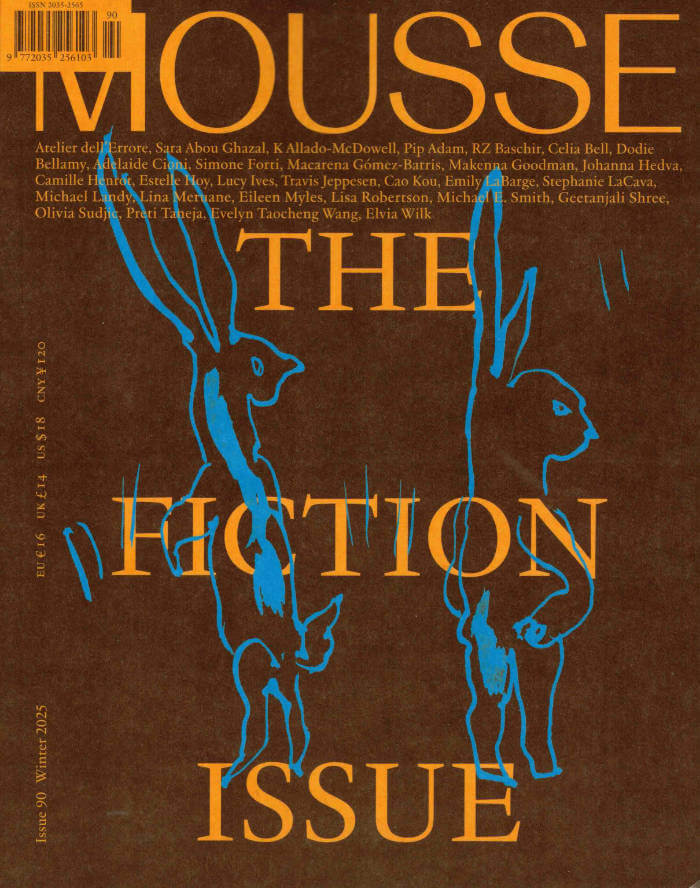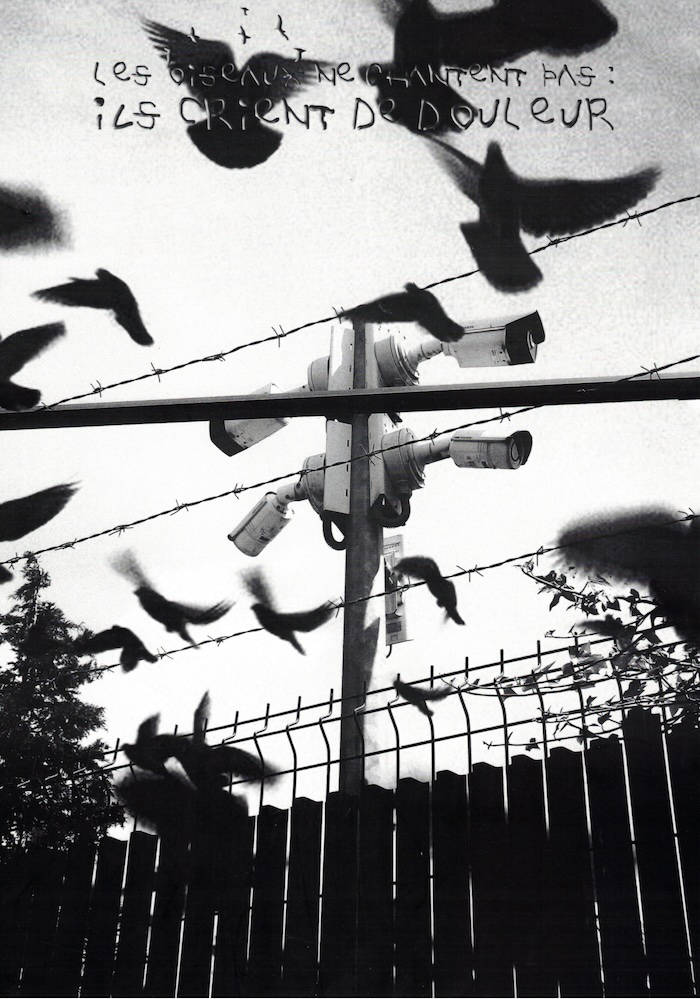
Spring Brakers
An account of Spring Brakers, a project launched during the so-called First Wave. Spring Brakers was an online platform hosting video performances by a different artist each week alongside podcasts on various topics focusing on other labels or musical persuasions.
For this publication, all of the musicians who participated in the project are profiled, resulting in a grounded and oddly inspiring collection of testimonies of how artistic practices are shaped by an era that is still ongoing.
Artists include locals such as Bear Bones, Lay Low, Quanta Qualia, Vica Pacheco, KRAMP, Orphan Fairytale, and more, as well as far-out friends like Ka Baird, MSHR, Jung An Tagen, Eric Frye, and so on.
Each profile has a handy QR to redirect to each artist's video, and each copy includes a code to download a compilation made especially for the publication.
Language: English




